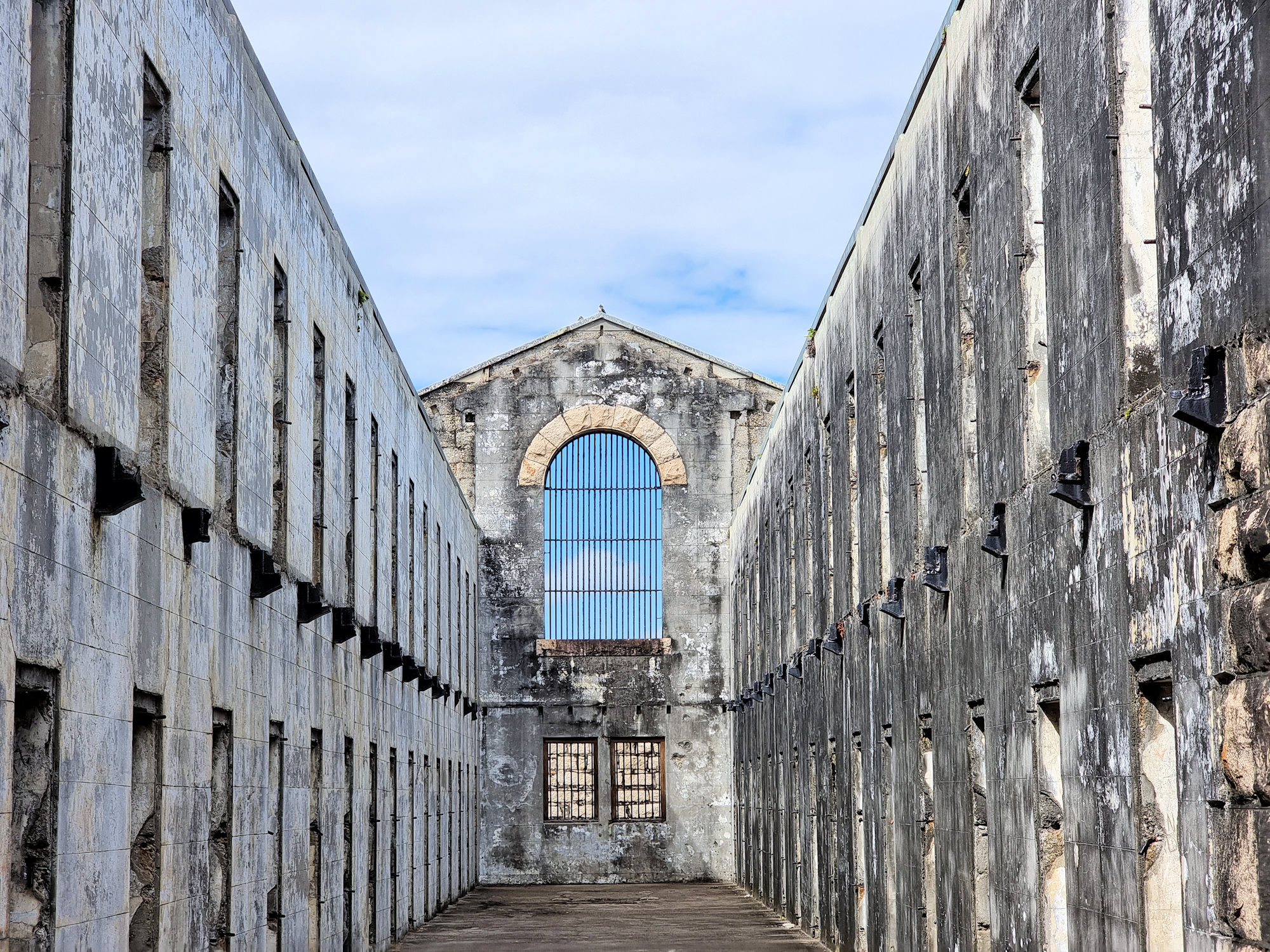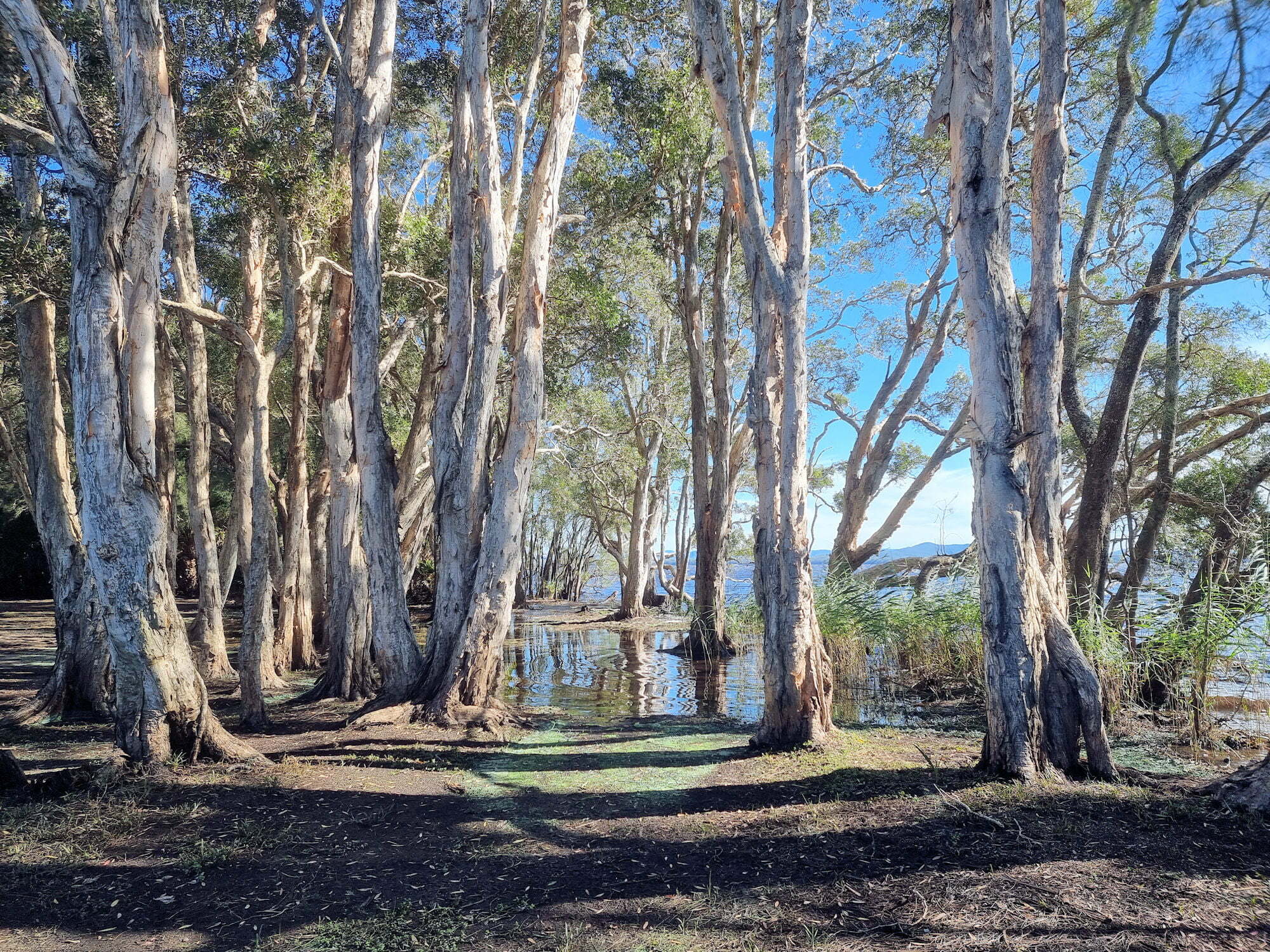Tag: Mid-North Coast
-
Urunga Lagoon Footbridge

Urunga Lagoon Footbridge Located in Urunga on the NSW mid-north coast, the Urunga Lagoon Footbridge is a 1km long walkway through mangroves to the Pacific Ocean. Commencing in 1988, construction continued in three stages, until final completion in 2010. This wheelchair friendly walk is a great way to experience the coast from a sheltered lagoon… Read more
-
Trial Bay Gaol

Trial Bay Gaol Now a heritage listed ruin, Trial Bay Gaol originally served as housing for a prisoner labour force to build a nearby breakwater. The breakwater was intended to provide a safe harbour for ships sailing up the eastern Australian coast. Construction of the gaol commenced in 1877, with work on the breakwater following… Read more
-
Mungo Rainforest Walk Myall Lakes

Mungo Rainforest Walk Myall Lakes Set in the Myall Lakes National Park New South Wales Australia, the Mungo Rainforest Walk is an easy 1.5km walk near the lake shore. Getting There A 45 minutes car trip from Bulahdelah will take you via the Bombah Point Ferry. Running every 30 minutes the ferry cost us $5.50… Read more